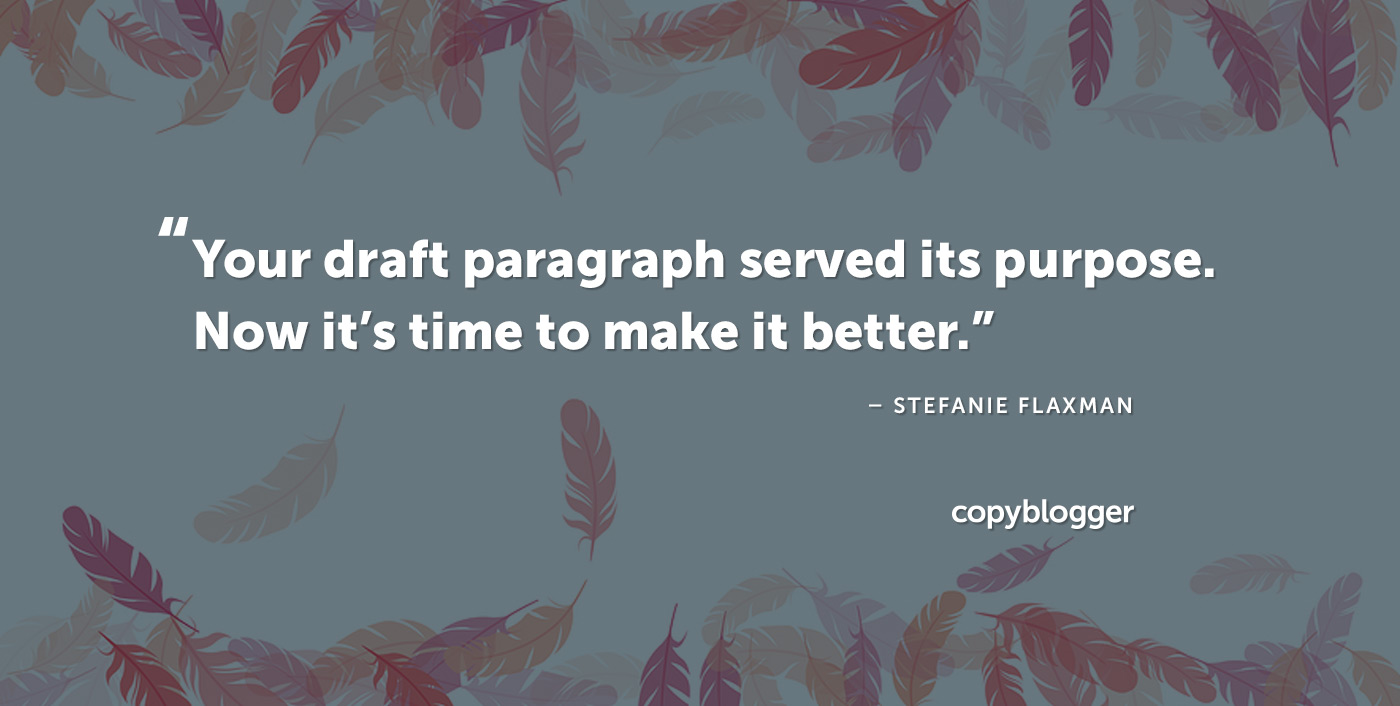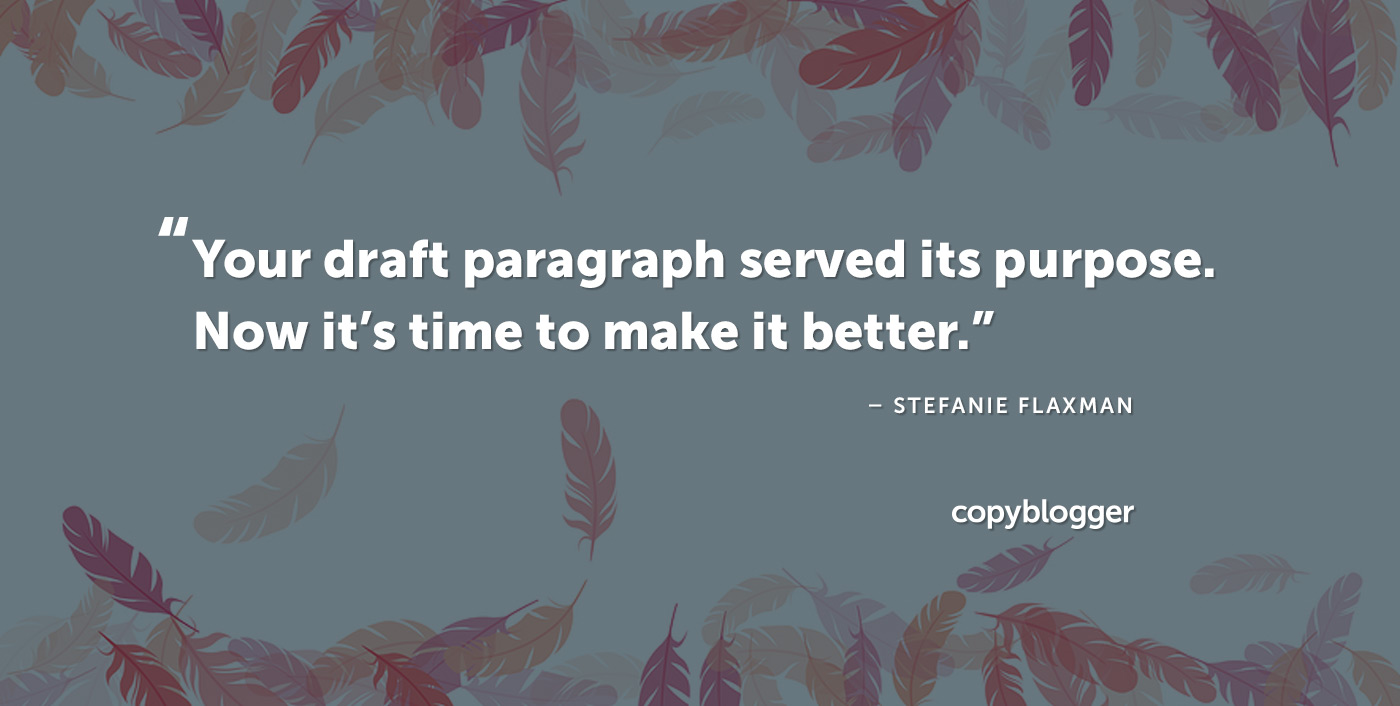Now it’s time to make them better with these 10 advanced edits. As I wrote in Be a Bad Writer to Be a Great Writer: “Prolific writers know that ‘decent,’ ‘weird,’ or ‘good enough’ often precede the ‘best’ versions of their content. That’s one reason why Sonia shared the THINKERS Notebook with us last week. At the end of this post, check out how you can grab your own THINKERS Notebook. Determine your tone A gratuitous exclamation mark can quickly make an otherwise smart message look amateurish. Vary your first words It might be “you” or “your,” or “the” or “there” — we all have go-to ways to start paragraphs while we’re writing our drafts. But it’s not always easy for an author to see where they’ve used a word multiple times, so an editor can help smooth away these rough edges … Because readers will easily spot these repeated words, which can make the publication look lazy. If you don’t have someone else to edit your content, keep a list of words you frequently write in your drafts, so you can spot them and alter them as needed before your articles publish. In rambling posts, you’ll often find that three or more consecutive sentences all offer the same information, phrased in slightly different ways. Select the optimal verb tense Sometimes in our drafts, we’ll start out writing in past tense but then unintentionally add a sentence or two in present tense.

Paragraphs that are both autonomous and seamlessly flow together do not happen by accident.
Smart words and crisp sentences that make up a writer’s playground are also the building blocks of effective paragraphs that keep readers immersed in your article.
The first versions of your paragraphs served their purpose. Now it’s time to make them better with these 10 advanced edits.
1. Draft on paper
For me, typing a first draft in a digital document always makes the writing process more difficult.
As I wrote in Be a Bad Writer to Be a Great Writer:
“Prolific writers know that ‘decent,’ ‘weird,’ or ‘good enough’ often precede the ‘best’ versions of their content. They need the time to explore ‘decent,’ ‘weird,’ and ‘good enough’ in order to arrive at ‘best.’”
In other words, writers need space to see the inner-workings of their minds in different formats to determine how their final creations should look.
That’s one reason why Sonia shared the THINKERS Notebook with us last week. It can help you clarify your thoughts to get to the good stuff quicker.
I like exploring my ideas on paper to uncover the main point I need to reinforce in each paragraph of my final draft.
At the end of this post, check out how you can grab your own THINKERS Notebook.
2. Determine your tone
A gratuitous exclamation mark can quickly make an otherwise smart message look amateurish.
Conversely, a well-executed exclamation mark can add more personality to your writing.
It depends on the tone that suits your readers, so fine-tune your writing voice in each paragraph to better resonate with your audience.
3. Vary your first words
It might be “you” or “your,” or “the” or “there” — we all have go-to ways to start paragraphs while we’re writing our drafts.
But it’s not always easy for an author to see where they’ve used a word multiple times, so an editor can help smooth away these rough edges …
Because readers will easily spot these repeated words, which can make the publication look lazy.
If you don’t have…

COMMENTS